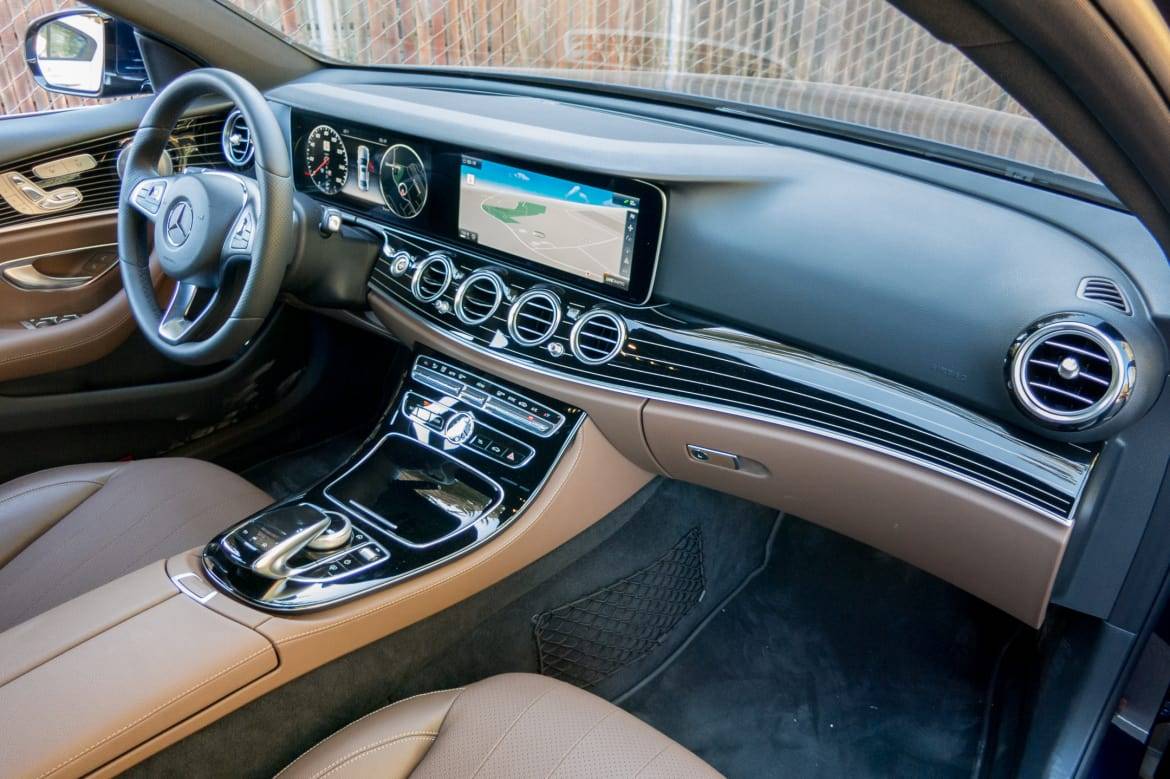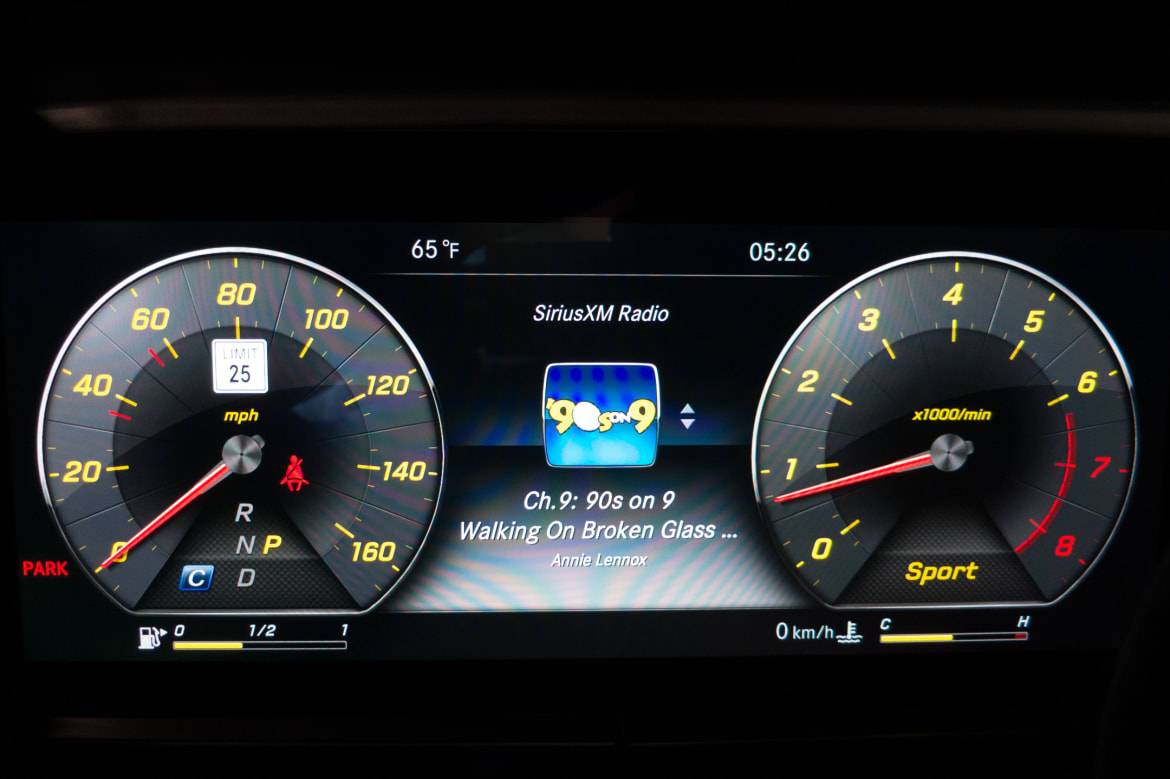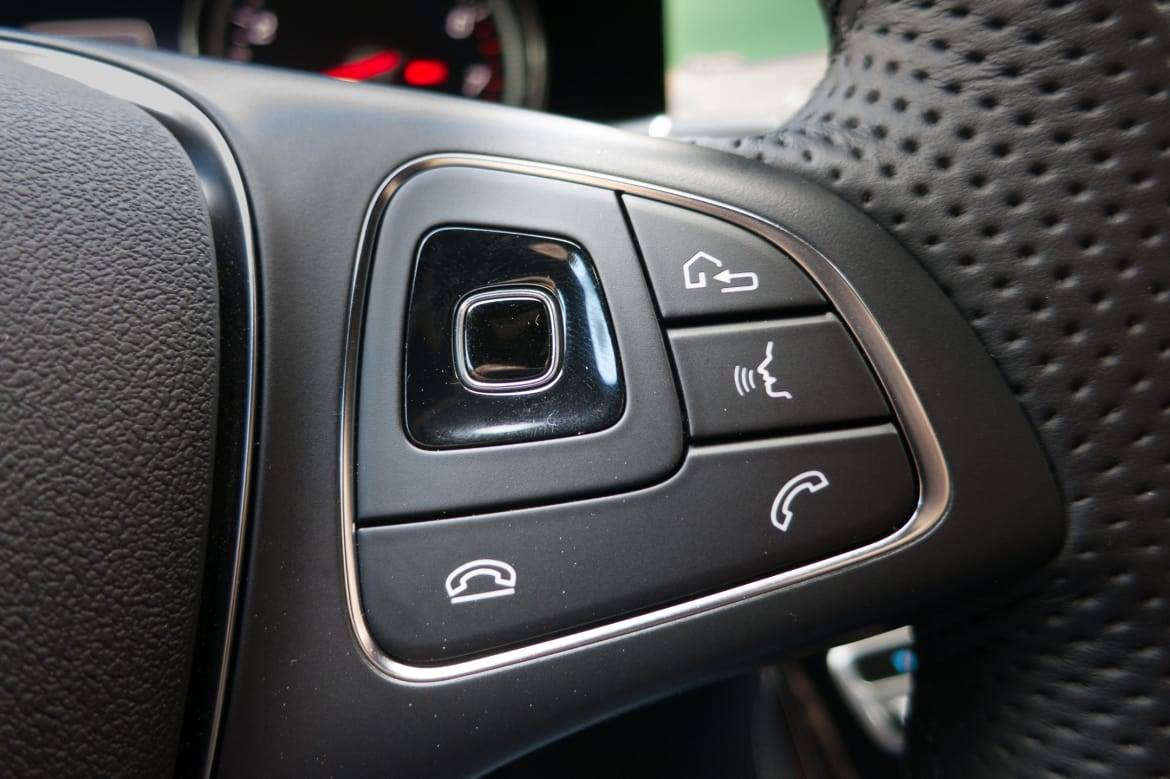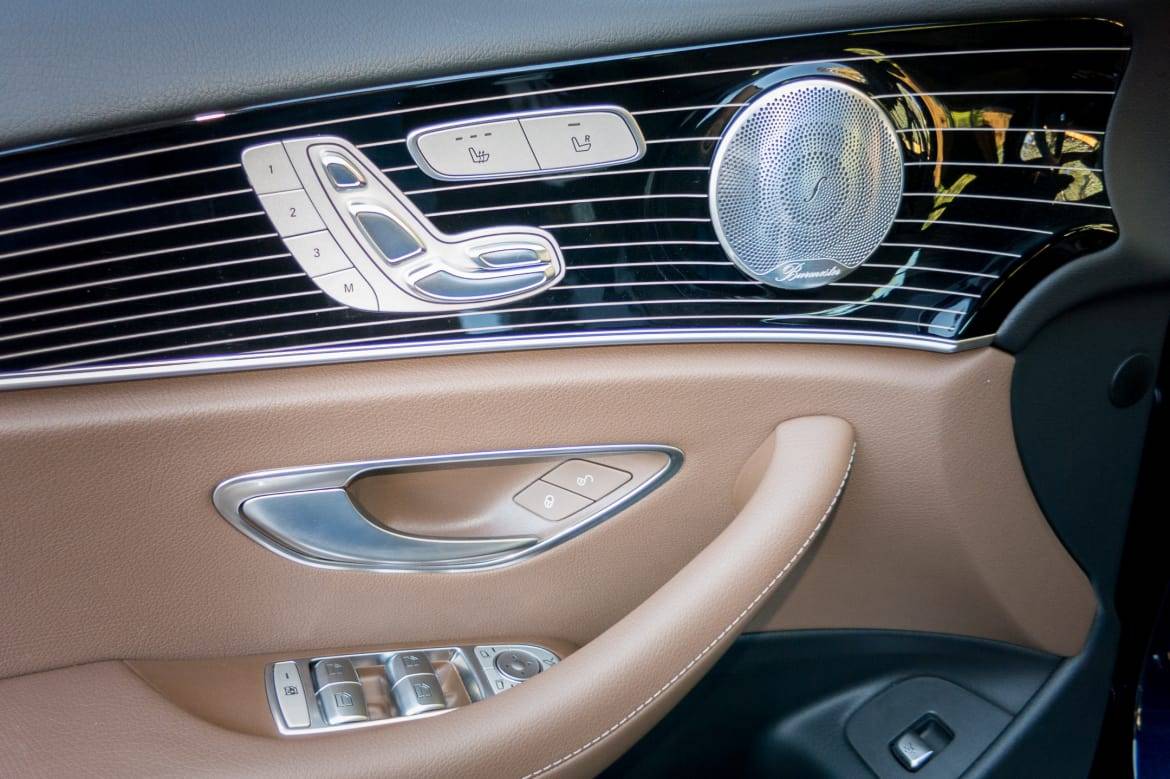2017 Mercedes-Benz E300 Review: First Drive


CARS.COM — The E-Class sedan is the workhorse of the Mercedes-Benz luxury showroom. It serves as a personal luxury car, executive transport, taxi cab or high-powered performance machine, depending on where in the world you happen to be. It is an immensely important vehicle for Mercedes-Benz, so when a new one comes along, it’s a big event for the company and the industry. The company recently invited the media to the golden hills of Northern California to sample the 10th generation of its midsize luxury sedan, the 2017 E300, featuring a host of new safety systems, a new powertrain, new styling inside and out and a new level of autonomous driving technology that’s sure to open some eyes.
Related: 2017 Mercedes-Benz E-Class Video
From the outside, the new E-Class doesn’t really stand out. It’s certainly a handsome design, but it now looks just like the S-Class, C-Class, CLA-Class, GLC-Class. All of the Mercedes-Benz products, especially the sedans, are starting to look the same, only in varying sizes, just like Audi. If you like the way one product looks, you’re probably going to like them all. There are some variations for the E-Class, such as the light pattern of the headlights, and the continuation of a three-pointed-star hood ornament for the Luxury version or the laid-down badge for the Sport version. A sweeping character line extends from the front fenders to the rear ones, reminiscent of the original CLS sedan. The look is perhaps weakest from the rear three-quarters, where the rounded rump and generic taillights impart no presence or distinctiveness to the E-Class. It’s easy to lose it in a parking lot full of cars.
Inside, it’s a different story. Mercedes-Benz has crafted another knockout interior, with fresh designs, high-quality materials and cutting-edge technology. You sit low in the E-Class, with seats that feel as though they’ve been positioned lower than you find in most cars these days. My legs were stretched out in front of me unusually straight, with a low hip point for occupants. Width is a bit compromised due to the wide center console, but this driving position is fairly common among the Mercedes-Benz sedans and coupes. The seats are supportive and comfortable, with the active Multicontour and massaging functions available as options, but even at prices well north of $55,000 you still don’t get an actual leather interior. Despite a standard moonroof, headroom is plentiful up front or in back. What’s not plentiful in back is legroom, which is surprisingly scant: At 6 feet tall, I was unable to sit comfortably “behind myself” when I had adjusted the front seat to where I’d normally sit. This is surprising for a vehicle of this size.

The most striking design elements of the new E300’s interior are the 12.3-inch screens that serve as the central display and, optionally, the gauge cluster. I sampled two versions of the E300 — one a baser vehicle without the fancy electronic gauges and one with the Premium 3 package, which included the second digital screen. The base car’s fixed gauges are attractive and flank a 7-inch display screen that has all of the traditional information Mercedes-Benz displays there, from trip computer info such as fuel consumption to entertainment and navigation info. The digital display is more striking however, with three possible configurable themes: Classic, Sport and Progressive. Classic looks like the traditional gauges, while Sport gives them yellow numerals and hash marks. The gauges can be further customized to display various things — such as routing directions instead of the tachometer. Progressive is the most unusual theme and perhaps the least Benz-like — it provides a theme more reminiscent of a hybrid or electric vehicle, providing the same information, but in a less traditional format.
A new Comand multimedia system is present, with a new menu system and three ways to control it: a new five-way controller on the right-side spoke of the steering wheel, a touchpad on the center console or a selector knob just below that touchpad. It’s no easier to operate than the past Comand system, meaning it still requires some familiarization to make it work smoothly, but having a control on the steering wheel to operate the center display screen is handy. A matching five-way controller on the steering wheel’s opposite spoke (both employing a new touch-sensitive button that looks straight off a Blackberry) controls the screen behind the steering wheel. All the usual electronic customization options for the interior are present, including the fragrance dispenser first seen on the S-Class and a new 64-color selectable ambient lighting feature.

Mercedes-Benz has provided a driving experience to match the luxurious accommodations. Fire up the turbocharged 2.0-liter four-cylinder engine that comes with the E300, and you’ll be forgiven if you’re a little confused — it doesn’t sound like a four-cylinder engine at all. With the pleasant burble of a powerful V-6 coming through the dashboard firewall that only gets better as you accelerate away, I wondered exactly what was going on here. Turns out that Mercedes-Benz pipes engine sound into the cabin via the audio system (like a growing number of automakers), otherwise you’d never actually hear the engine. The sound insulation in the E-Class is so good that it’s astonishingly silent at highway speeds. Mercedes-Benz insists that it has merely piped in “enhanced” recorded engine sound, but I’m still not convinced it’s the sound from the 2.0-liter engine.
That engine is the same one in the C-Class, making 241 horsepower and 273 pounds-feet of torque. Its turbocharged, direct-injected nature allows that torque to be produced much lower in the rev band than the outgoing standard V-6 engine, making the new E300 feel quick, powerful and substantial. It may be a big sedan with a turbo-four, but it gives up nothing in drivability for going to a smaller engine. The nine-speed automatic transmission is fantastic, perfectly matched to the engine and performing shifts so smoothly and quietly that it’s actually difficult to determine when it happens. Put the car into Sport or Sport+ mode and it becomes more apparent, with more aggressive shift patterns and a computer that holds a lower gear much longer than it would in Eco or Comfort driving modes.
The standard suspension is adaptive, and comes in two flavors: Luxury and Sport, with the Sport model being lowered slightly. You also can opt for the Airmatic air spring suspension, which brings more adaptability and a ride that shows demonstrable differences between the most- and least-aggressive sport settings (unlike the standard suspension). The steering feel is on the softer side, with the heavily boosted nature adding to the feel of isolation that defines much of the rest of the E300 driving experience. But again, switching things into Sport or Sport+ modes enables the E300 to dance through the hills and canyons with aplomb, proving it to be a surprisingly good sport sedan, but still providing a base level of luxury and coddling that never quite goes away. It makes us really look forward to the upcoming E43 AMG and E63 AMG versions, with their hotter powertrains and more aggressive suspension tuning.
Mercedes-Benz continues to focus on safety in the 2017 E-Class, but it ups the ante with features that incorporate self-driving technology.
Read more about the 2017 E300’s safety features and autonomous technologies.
Deliveries of the new E300 will begin soon, with the standard rear-wheel-drive model starting at $53,075, including a destination fee. The all-wheel-drive 4Matic version starts at $55,575. Like the rest of the Mercedes-Benz lineup, those prices will climb once you start adding options such as all of that electronic safety equipment. But like the rest of the Mercedes-Benz lineup, in exchange for your cash, the company sells you a car that feels as expensive as it is.













































































Detroit Bureau Chief Aaron Bragman has had over 25 years of experience in the auto industry as a journalist, analyst, purchasing agent and program manager. Bragman grew up around his father’s classic Triumph sports cars (which were all sold and gone when he turned 16, much to his frustration) and comes from a Detroit family where cars put food on tables as much as smiles on faces. Today, he’s a member of the Automotive Press Association and the Midwest Automotive Media Association. His pronouns are he/him, but his adjectives are fat/sassy.
Featured stories










































